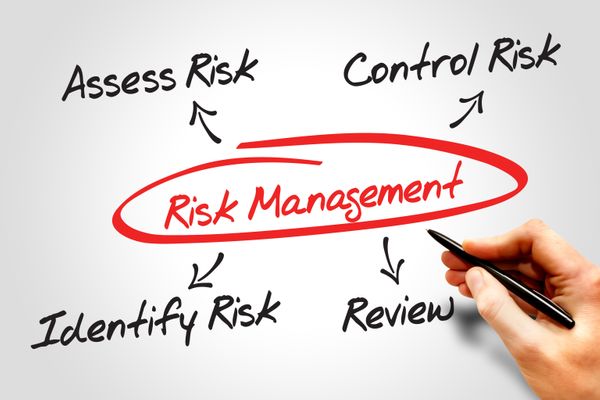Unfortunately, it is very common for “good” companies to be lulled into a false sense of security by their performance in personnel safety and health goals. They may not realize how vulnerable they are to a major incident until it happens. Subsequent investigations of incidents at these relatively “good” companies have typically shown there were multiple causes, and many of these causes were known long before the event occurred.
In many cases, people often assume systems work as intended, despite the warning signs. They will find examples of “good” performance and will assume they represent the whole, while poor examples are overlooked or soon forgotten, rather than digging deeper to understand what is really happening.
One of the main causes for a lax process safety culture, is the failure to provide a well-defined “management system” that incorporates the teaching and training that is so crucially needed. For example, how many people in the organization truly understand and have an appreciation of the hazards and risks in the process and can readily recognize them both? Proper process hazard analysis and risk reduction does not come by simply having a government regulation such as OSHA’s process safety management (PSM) system, nor can it be found in a mere manual. It is a process that is learned through applying the knowledge that is obtained through mentoring, coaching, training, and knowledge.
Every good team, no matter what the industry, needs the proper mentoring, coaching, and training. It is a never-ending process of continuous process safety improvements and starts with a general knowledge or understanding through basic education or training in the fundamentals.
Process safety fundamentals knowledge must include an understanding of the purpose and intent behind each of the elements in the OSHA PSM regulation as well as those developed by the Center for Process Safety (CCPS).
Even after over 25 years of the PSM regulation’s existence, there are many in process safety management roles throughout the process and the ammonia refrigeration industry, that do not understand how each element or sub-element of PSM fits into a process safety management system and how implementation can lead to risk reduction.
More concerning perhaps are that there are many in positions of management that are among those that lack the knowledge in process safety needed to move their organizations closer to achieving risk reduction. Sometimes in order to achieve desired results, it is required that we go back to the fundamentals or basics that include understanding the structure and intent of the PSM regulation itself.
It should be the goal of every organization from those in the highest to those in the lowest levels in the organization that every team member has this basic knowledge and understanding. Ignorance is not bliss when it comes to our industry, since lack of process safety knowledge, clearly-written standard operating procedures, and proper implementation of these systems can result in catastrophic results.
To enlist the help of our process safety management services, simply contact us online to schedule an audit.

